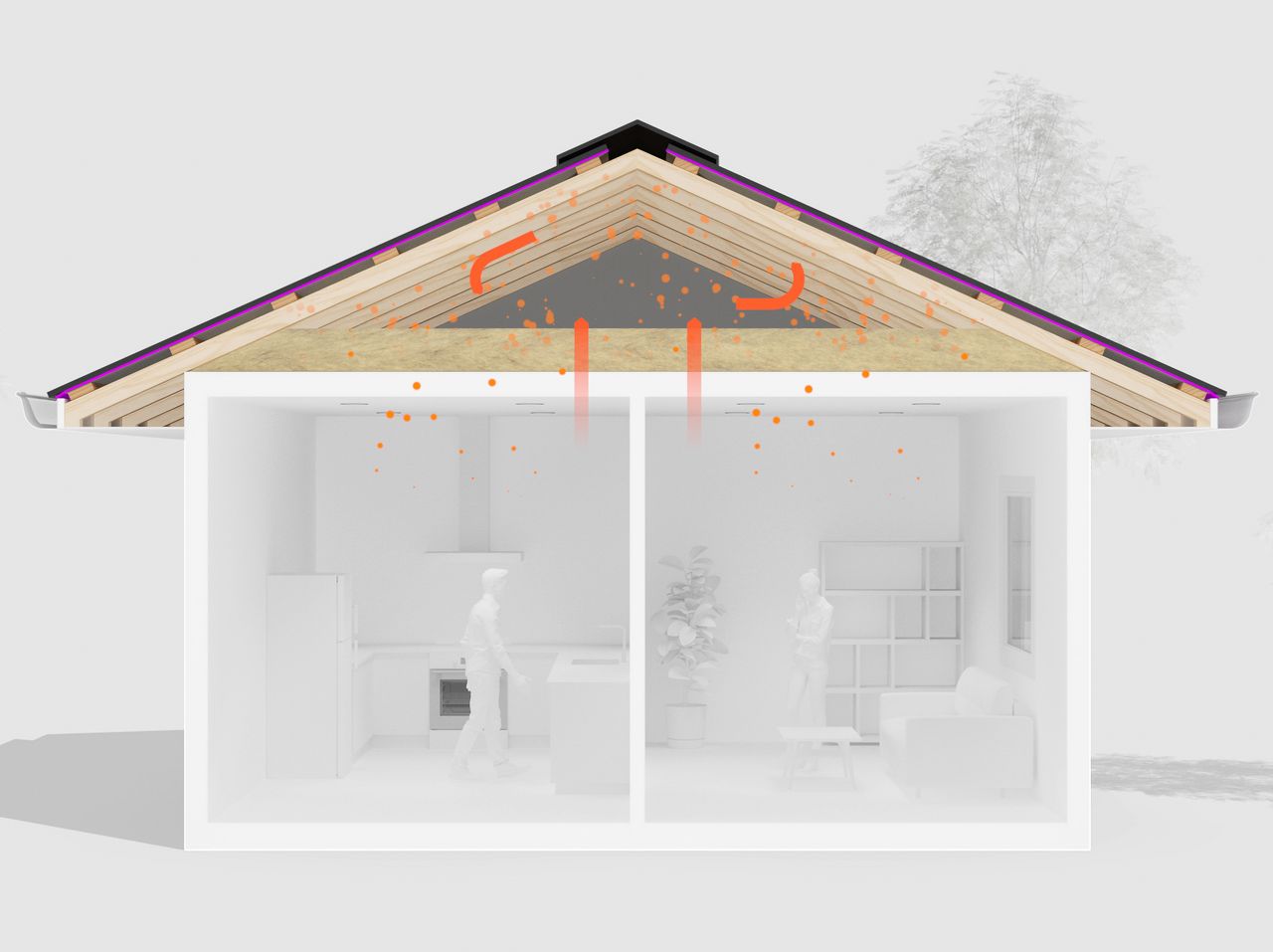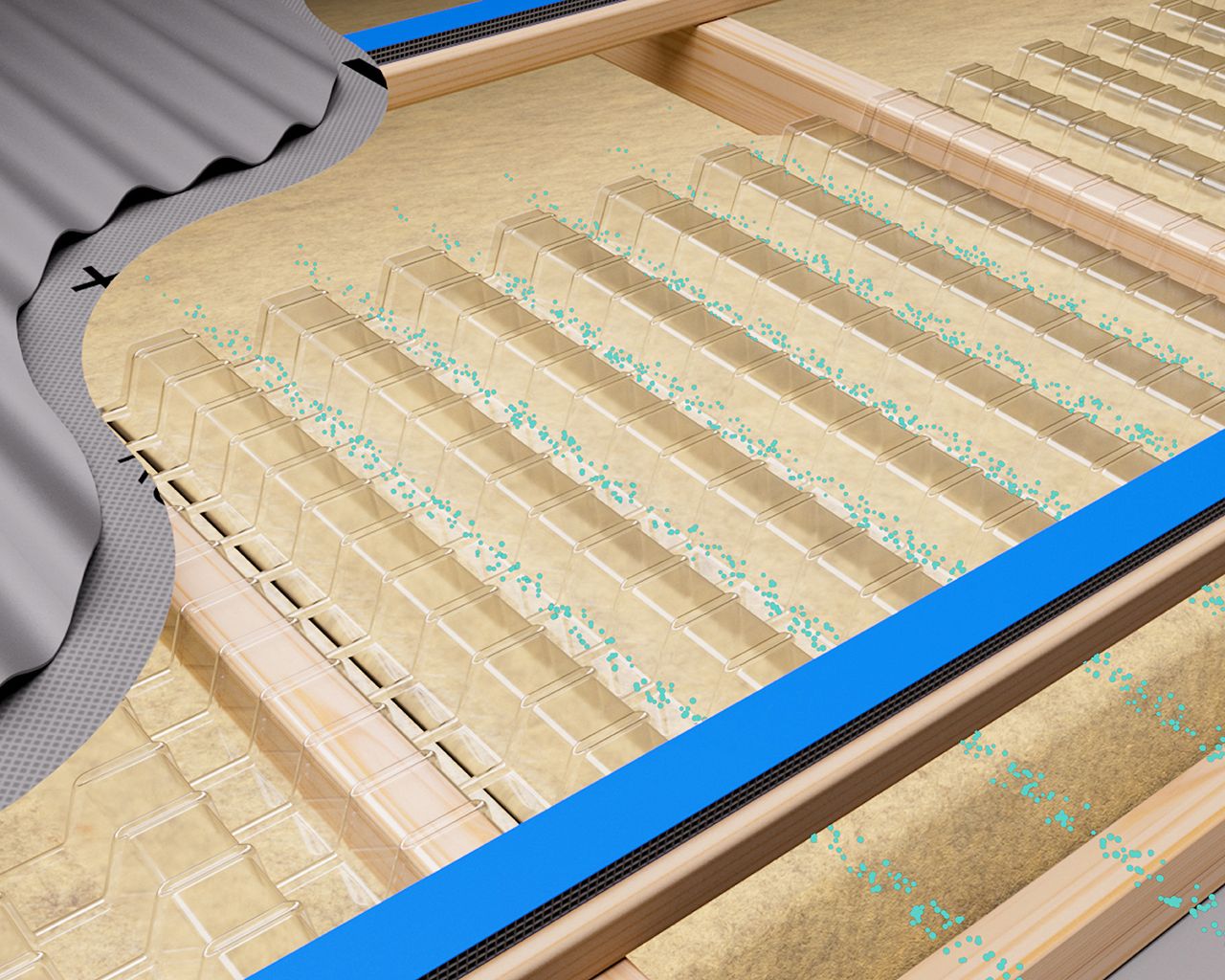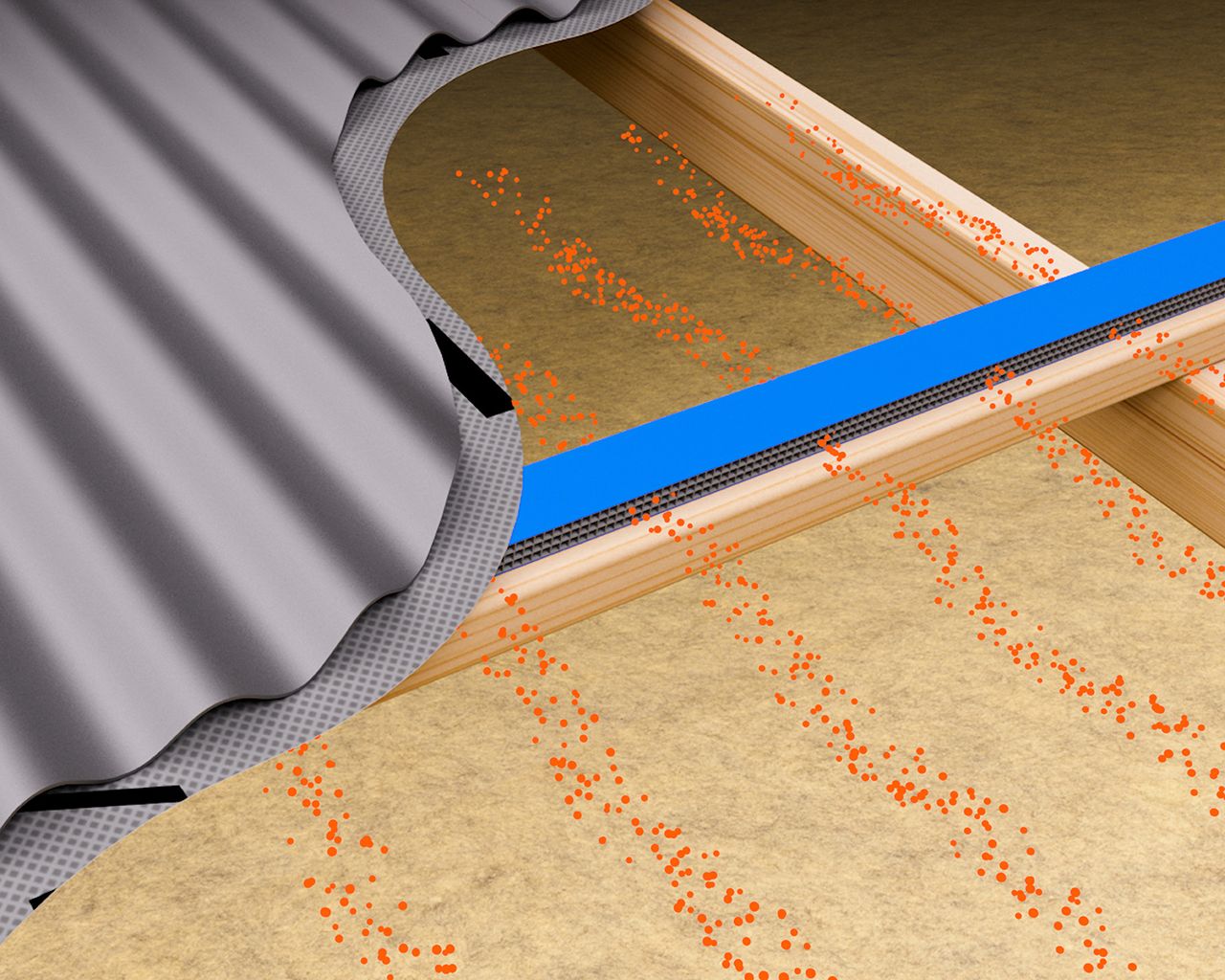Modern homes are warmer and more airtight, but at the cost of moisture build-up. Masons’ Passive Roof Ventilation System helps restore the balance.
Keeping roof cavities dry with Masons’ Passive Roof Ventilation System

The drive for thermal efficiency in modern homes has made them warmer and more airtight. But it comes with a downside. Without roof ventilation, sealed environments such as roof spaces are prone to unhealthy moisture build-up, often invisible, yet potentially damaging over time.
Masons’ Passive Roof Ventilation System offers a straightforward solution using natural airflow to keep roof spaces dry and homes healthier.
An old idea, rediscovered
‘Roof ventilation is one of those things we used to install as standard practice,’ explains Masons’ Technical Manager Arthur Whitfield. ‘You can see the gable-end vents on bungalows and state houses. But at some point, it was dropped, and the industry is only now returning to it, especially in light of the thicker layers of insulation required as part of H1 regulations. Modern long-run roofs are much more airtight than older roofs, with little air movement or ventilation possible. This can lead to substantial condensation inside the roof space once the roof and underlay reach the dew point as the air temperature outside cools.
‘Trapped moisture in unventilated roofs can lead to excessive condensation under the building paper, potentially dripping water onto the insulation and the roof framing. It’s a slow and gradual process, as moisture-laden air from the living rooms below slowly migrates through the plasterboard ceiling to enter the roof space. This can cause mould to form – a risk to both building performance and occupant health.
‘Thicker batts are reducing airflow even further in roof spaces, and if we don’t keep them dry, we undermine their performance – wet insulation does not reach the projected R values.’
How the system works
The Masons Passive Roof Ventilation System is based on the principles of natural ventilation, harnessing wind and the stack effect to keep air moving through the roof space.
‘Warm, moist air rises and is vented out at the ridge, while cooler, drier air is drawn in at the eaves,’ Arthur explains. ‘It’s a gentle movement, but enough to prevent long-term condensation build-up.’
The system has three key components:
· Insul-baffle – sits at the eaves to stop thick ceiling insulation from blocking airflow
· Ventilated roof battens – plastic battens with holes, installed on top of rafters to maintain airflow
· Ridge vents – a discreet ridge vent that allows warm air to escape.
Together, these components preserve the critical 25mm air gap required between insulation and roof underlay, as specified in the Building Code, and there is natural air movement carrying moisture-laden warmer air out of the roof space while drawing in cooler less-moisture-laden air.
‘Think of getting the laundry dry. Outside, on a dry windy day, washing dries quickly – that’s the power of air movement and maximum ventilation. Put the same washing inside the home with no air movement or ventilation and the washing takes a lot longer to dry, or may not dry at all.’
Designed for modern builds
With more designers now specifying high-performance insulation, such as R7 or R8 batts, maintaining that air gap has become harder and more important.
‘What we’re really doing is circling back to a better building practice,’ Arthur says. ‘It’s time to bring roof vents back, and the Masons system is a great way to do that.’
By enabling natural ventilation in today’s more-airtight roof spaces, Masons helps preserve the performance of the ceiling insulation, and keeps the frames and roof cladding in great shape.
NB: There is no connection unfortunately between a ‘healthy’ roof space and healthy living spaces – occupants would still need to ventilate their living spaces as a separate exercise.
Talk to our helpful team
For more information about Masons’ Passive Roof Ventilation System, including installation and compliance documents, visit mpb.co.nz or call 0800 522 533 to speak with one of our team members.

